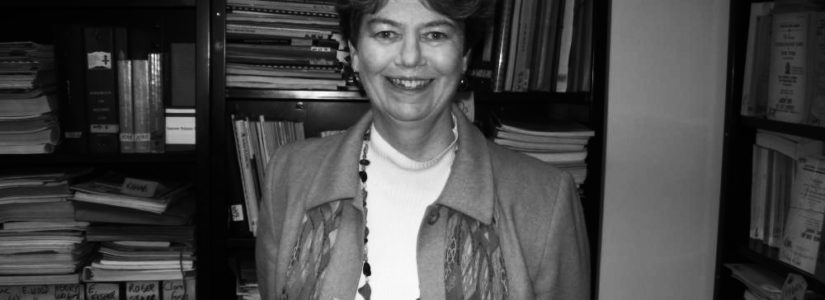
Saluting Feiss & Clark: Two New Additions to the Literature of Preservation History
May 14, 2012
Article from the Spring 2012 Newsletter
One of the goals of the Archive Project has been to assist others as they seek to tell preservation’s story. That was the motivation behind the creation of the Archive Project’s website and its online database and the driving force behind its efforts to make it easier for researchers to find and access preservation papers. Two wonderful additions to the literature of preservation’s history show that indeed the Archive Project is playing its intended role!
Congratulations are due to Caroline Feiss for her recently published book, Remaking American Places: The Vision of Carl Feiss, Architect, Planner, Preservationist and to Carol Clark for her upcoming article on Albert Bard and the origins of historic preservation in New York State in the Widener Law Review. Both authors utilized the resources of the Archive Project to assist them in their work.
Carl Feiss, Caroline Feiss’ father, was a legendary urban planner who was a national and international leader in housing, planning, and historic preservation, with a career that spanned six decades. In the early 1940s, years before Feiss drafted and helped persuade Congress to pass the National Historic Preservation Act of 1966, he was involved with the Municipal Art Society in a nascent effort to prepare a list of New York City’s historic and architecturally important buildings. In the battle with Robert Moses over the fate of Castle Clinton Feiss advanced the idea of adaptively reusing Castle Clinton as a museum for “marine commerce and harbor relics.” Using extensive correspondence and oral histories, Caroline Feiss, herself a land use planner, has written an engaging biography of this important preservationist and planner.
Carol Clark, in her article, helps further our understanding of the critical role Albert Bard played in advancing legal thinking on historic preservation and aesthetic regulation. Bard, the long-time New York City civic activist whose decades of advocacy and inquiry led him to draft and secure the passage in 1956 of the Bard Act in Albany (the legal foundation of New York City’s Landmarks Law) was a nationally recognized expert on aesthetic regulation and historic preservation. Clark’s article, based extensively on material in Bard’s papers, demonstrates the importance of preserving such collections and making them more easily accessible to scholars.
Preservation needs more scholarly efforts like these by Feiss and Clark. The field is indebted to them both for their work. The Archive Project continues to build its resources with the hope of being able to assist and encourage other authors to explore, research, and share further chapters in preservation’s rich and continually unfolding story.